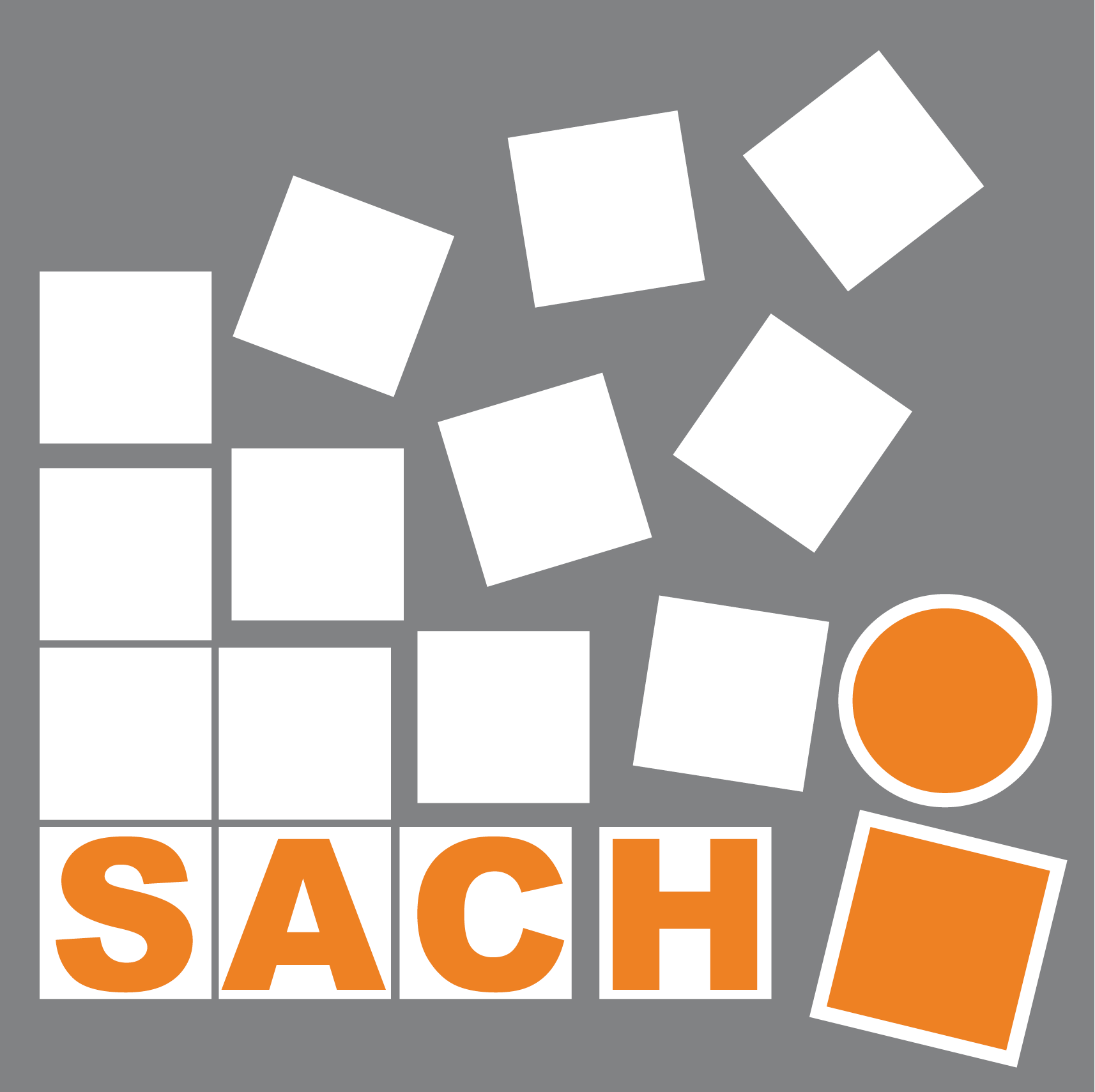November 2011 – Editorial: Welcome to Computers––A New Open Access Journal for Computer Science
Aaron Quigley
Editorial: Welcome to Computers––A New Open Access Journal for Computer Science Computers 2011, 1(1), 1-2; doi:10.3390/computers1010001
– published online 10 November 2011
For the past seven decades, computers have radically changed the world we live in. From machines for calculation, computers are now platforms for information processing and computation, supporting the entire spectrum of human endeavour. While computer science is a relatively young field, it is shaping how people live in our modern world. There is not an area of human society that has not been affected by computers and the power they afford us. Computer science touches on every facet of science, art, engineering and economics. Its impact ranges from electronic commerce to improved medical devices; and from enhanced communication to new forms of media and entertainment. The future, with ubiquitous computational power and natural user interfaces, will extend and enhance all human capabilities. To reach this future we need to quickly and freely disseminate our cutting edge research results globally, and this journal aims to help us achieve that.
See full welcome to this new journal here –


